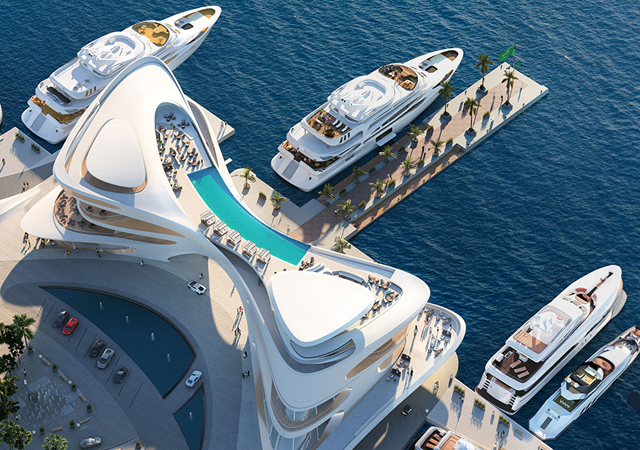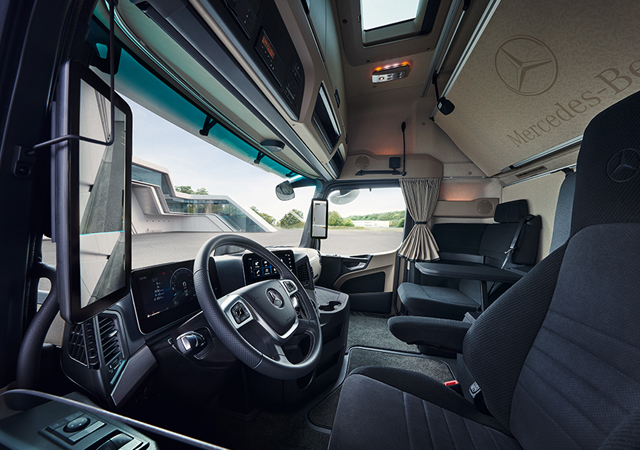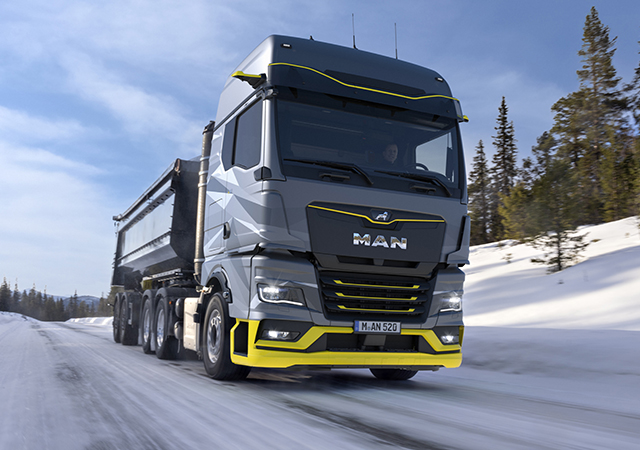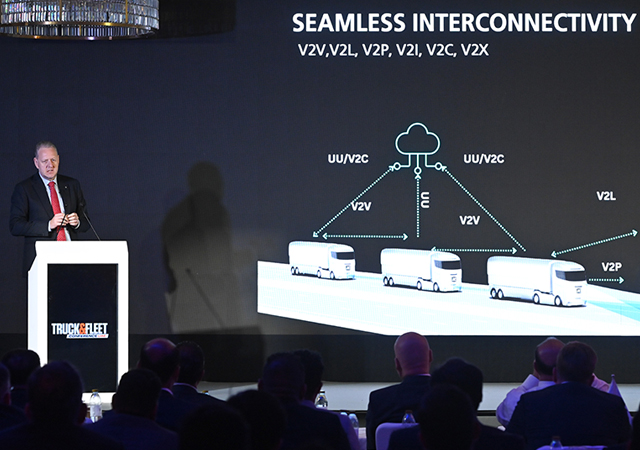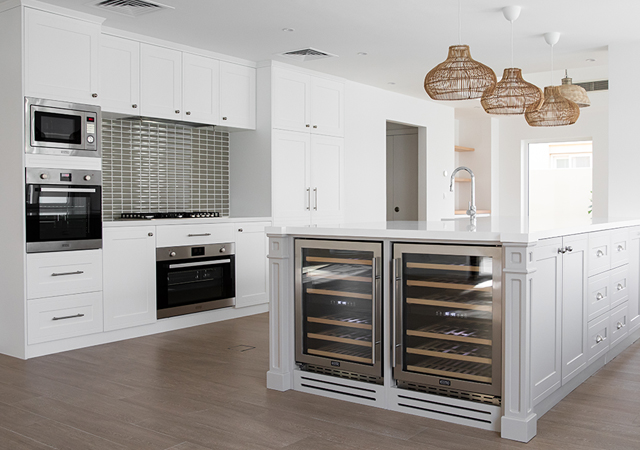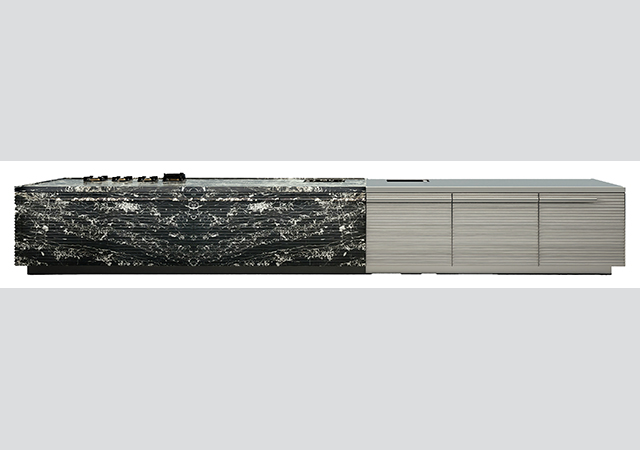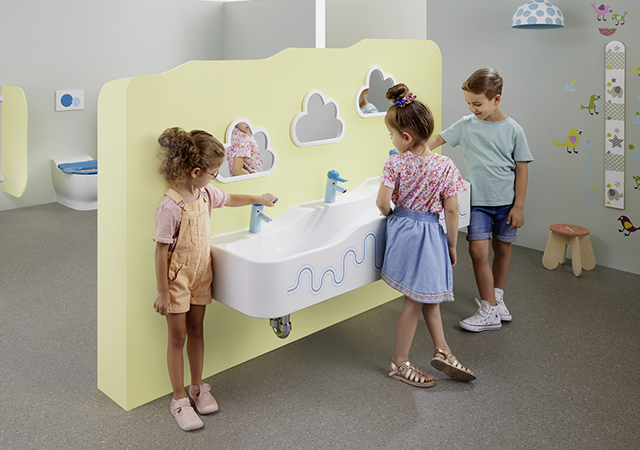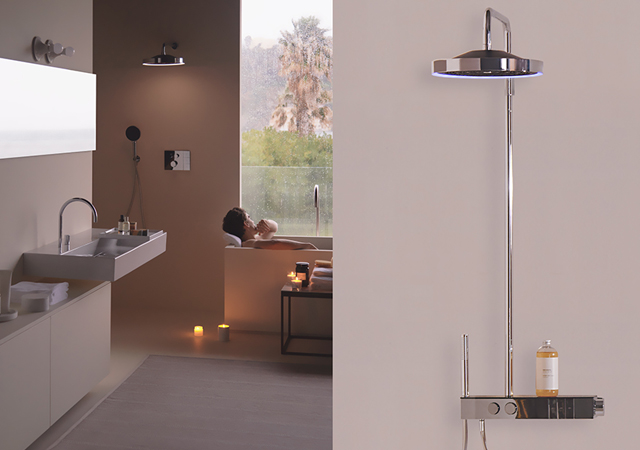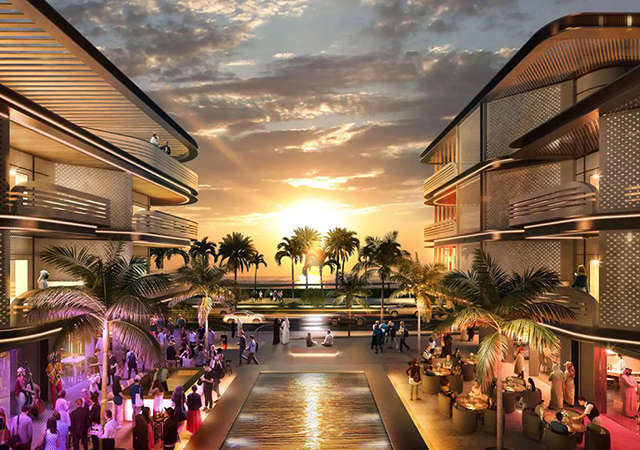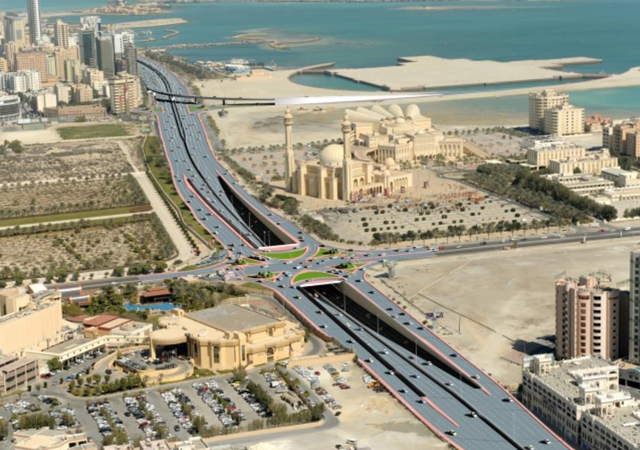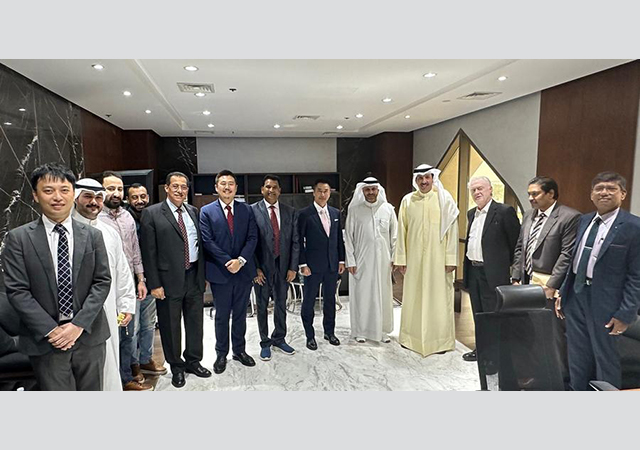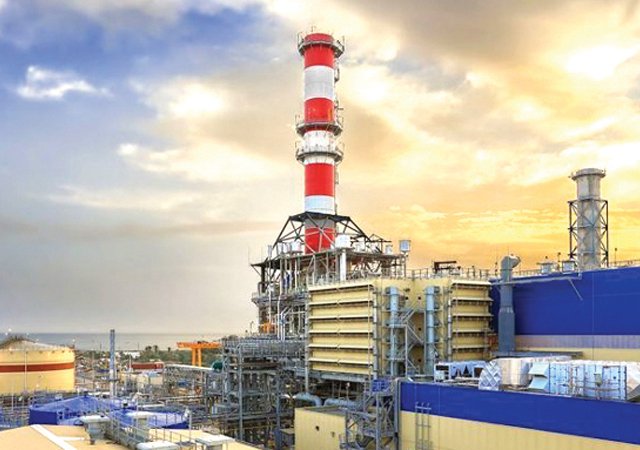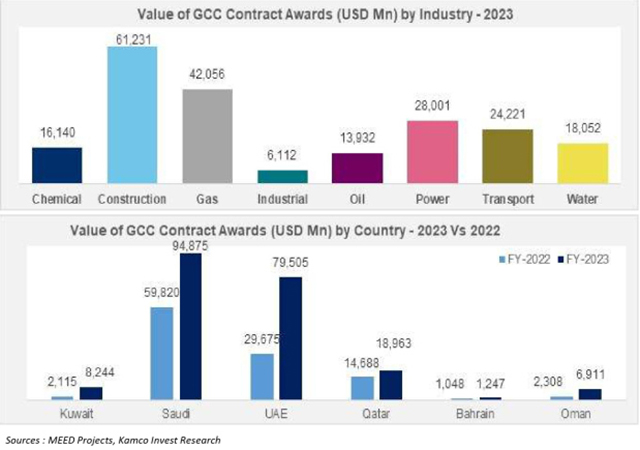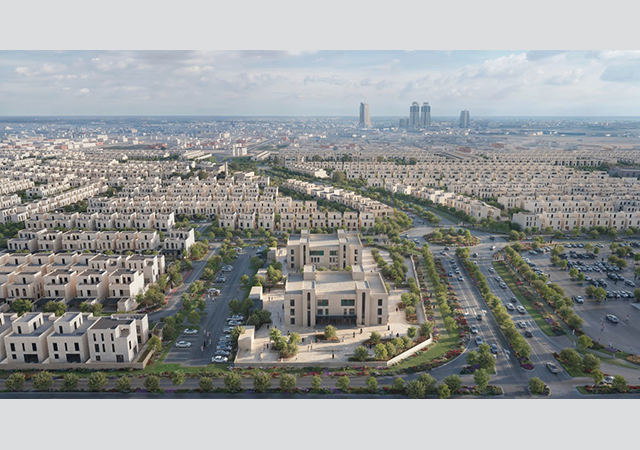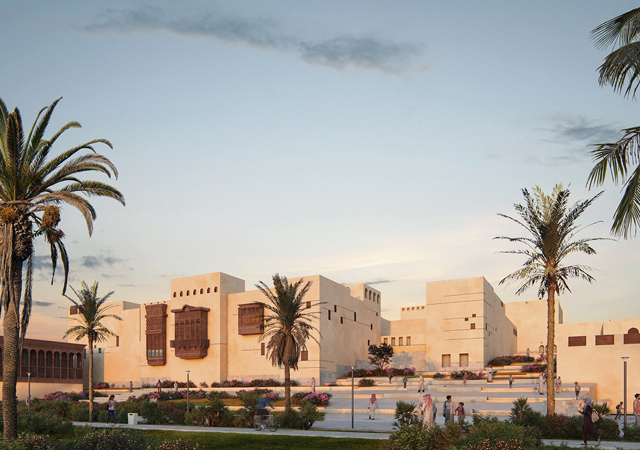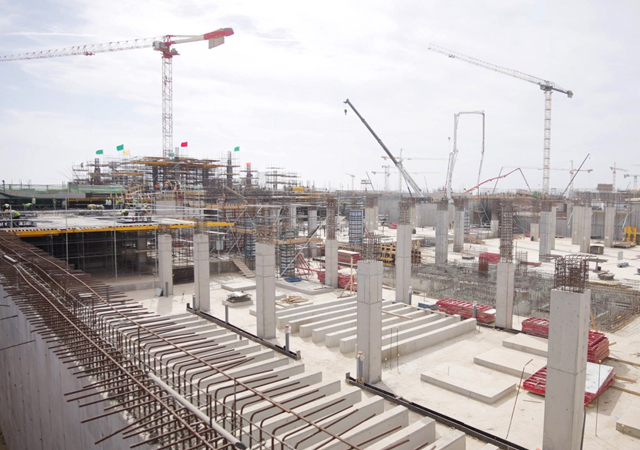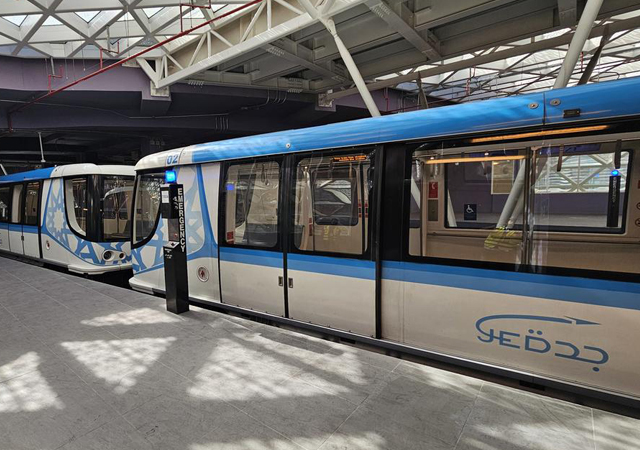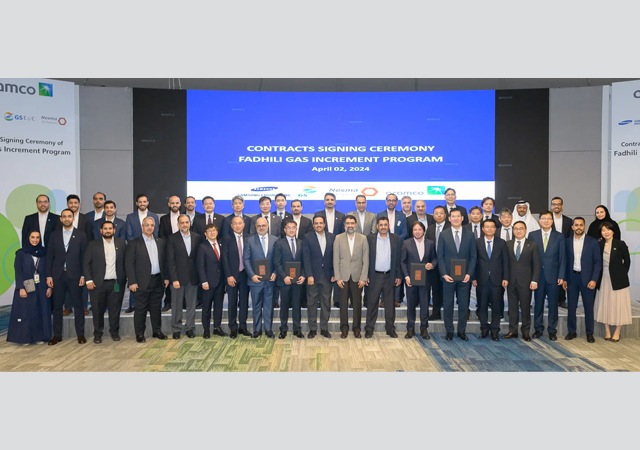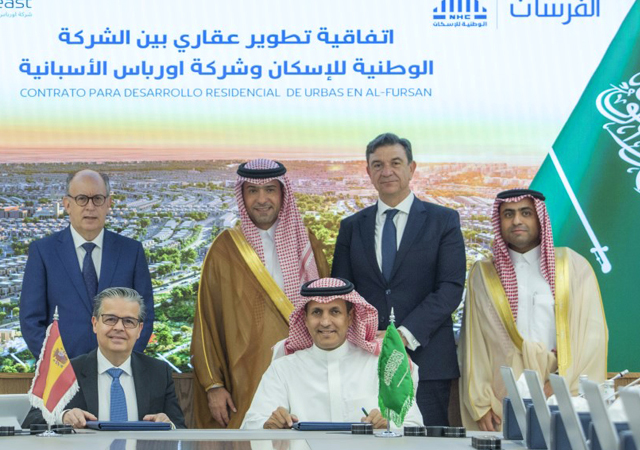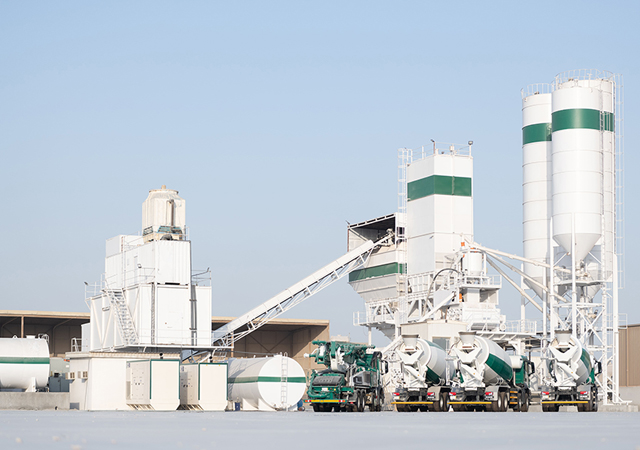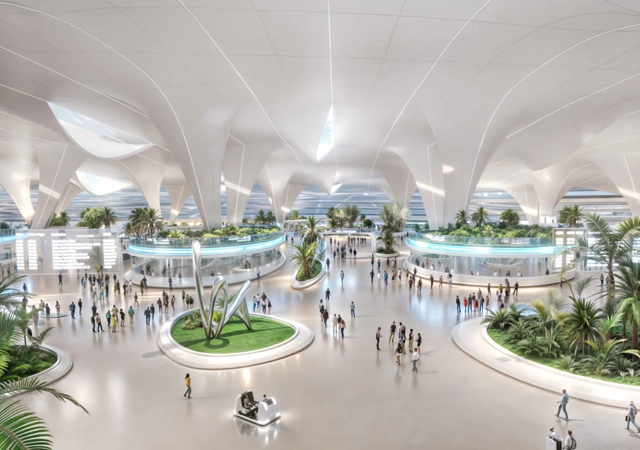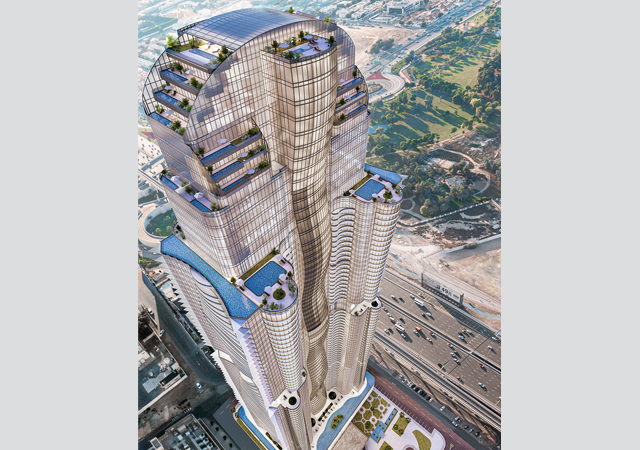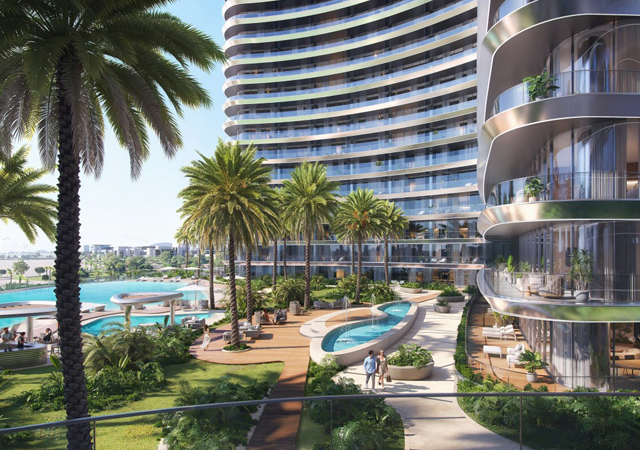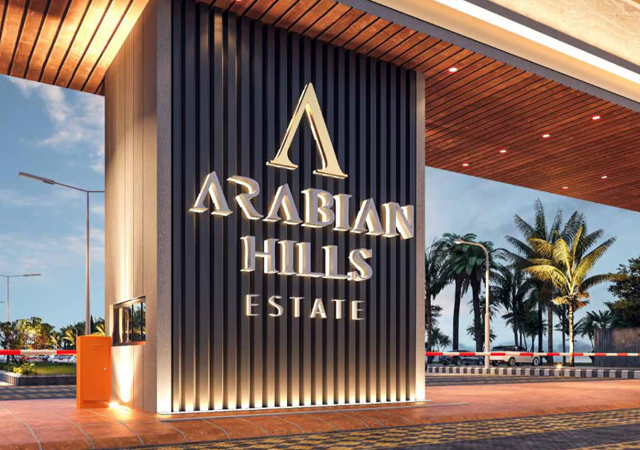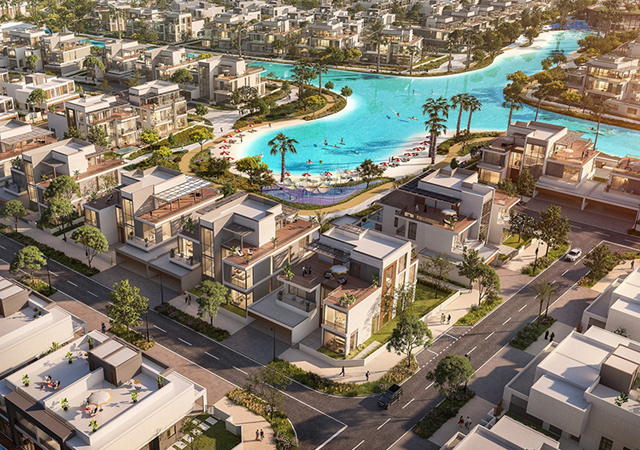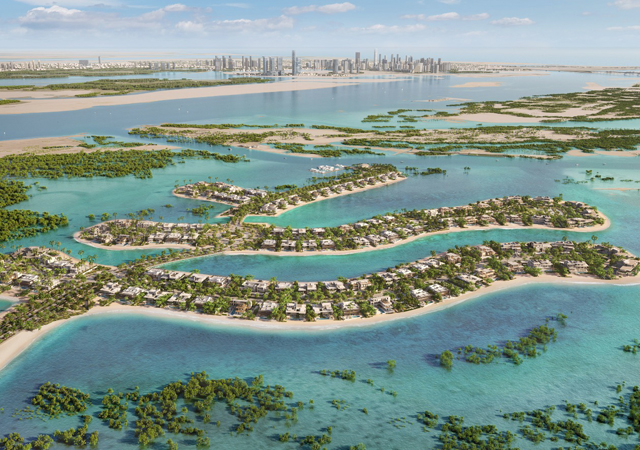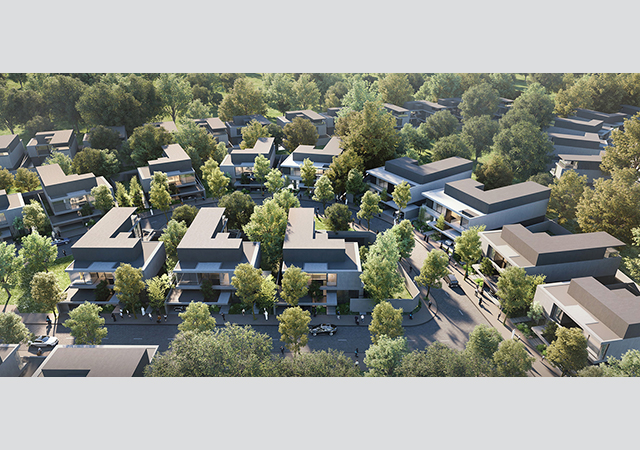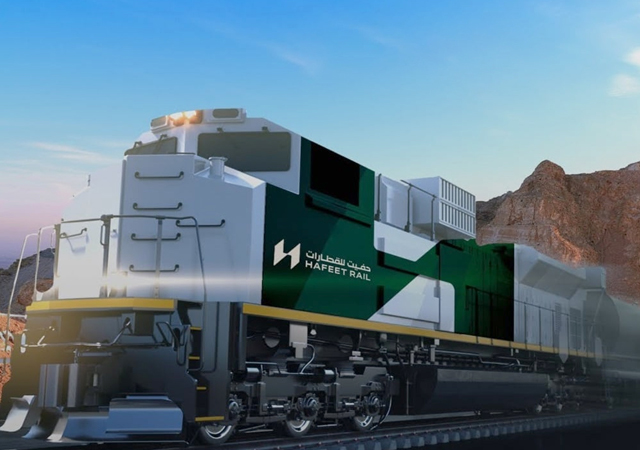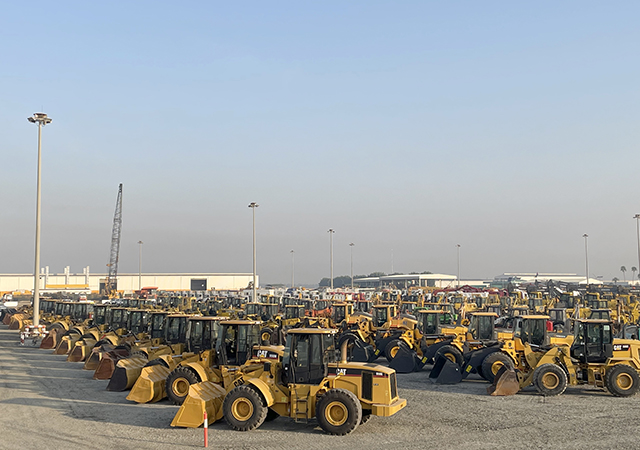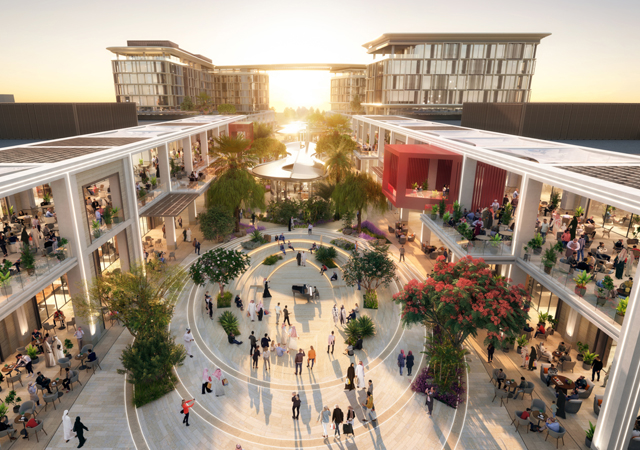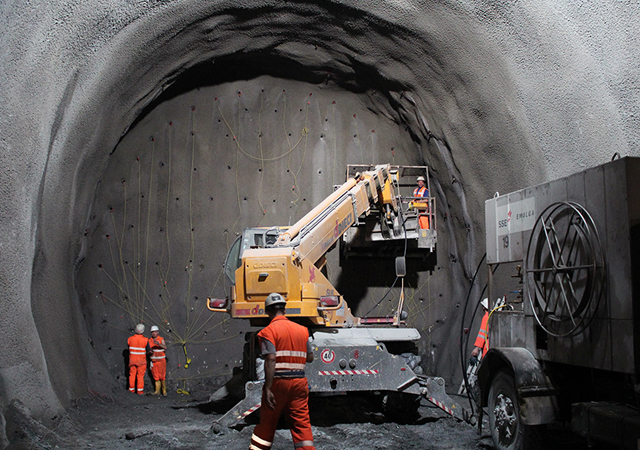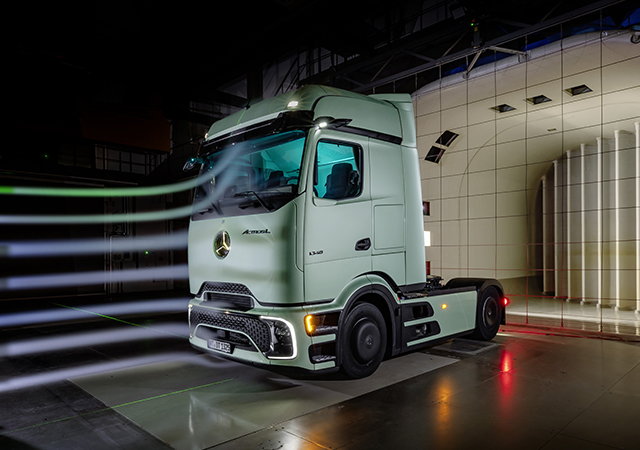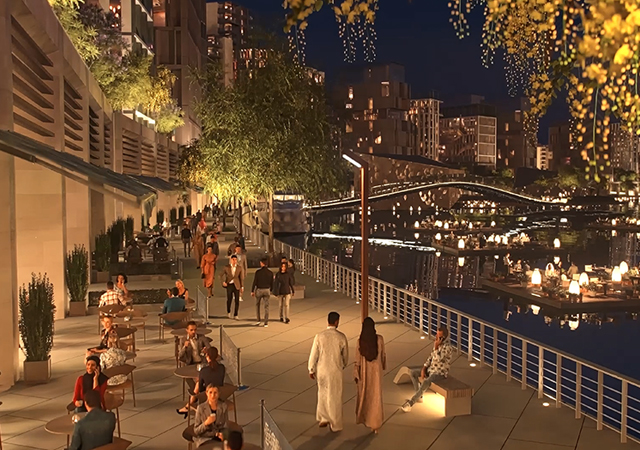
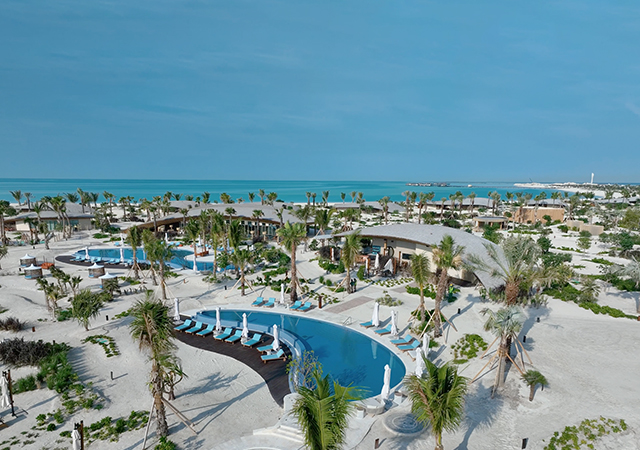
The Red Sea Project, an ultra-luxury tourism destination on Saudi Arabia’s west coast, is making significant progress with contracts worth SR32.8 billion ($8.75 billion) having been awarded to date, according to Faisal Butt, Red Sea Global’s (RSG) Group Head of Technical Project Management Office.
In an exclusive interview with Gulf Construction’s Bina Goveas, Butt highlighted the project’s achievements and upcoming developments. The project, which aims to be a global leader in regenerative tourism, has already welcomed its first guests. Last year, Six Senses Southern Dunes and St Regis Red Sea opened their doors, making them the first completed resorts under Saudi Vision 2030 to receive paying visitors, he explains. This year promises even more openings, with Nujuma, a Ritz-Carlton Reserve, Shehbarah, a resort featuring overwater villas, and Desert Rock, a resort built into the mountains, all slated to open over the coming weeks. Jumeirah The Red Sea and Four Seasons Resort Red Sea are on target to open by early 2025, Butt adds.
By the end of 2025, a further 14 hotels will be operational, with the project reaching full capacity in 2030 boasting 50 resorts, 8,000 hotel rooms, and over 1,000 residential properties.
Red Sea International Airport (RSI) became operational in 2023, with connections from Riyadh, Jeddah, and recently, Dubai. Designed by Foster + Partners, the airport prioritises sustainability with features like independent “mini terminals” reducing energy use and adherence to Dark Sky Guidelines for minimal light pollution. The main terminal is on track for completion by the end of 2025 to make it the first carbon-neutral airport in the Middle East, he points out.
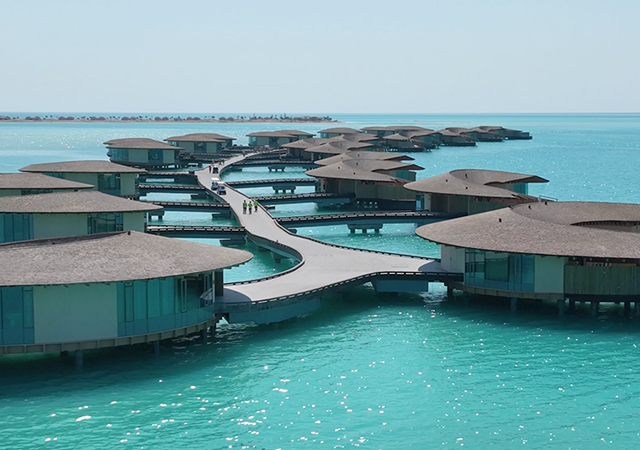 |
|
Located on a pristine private island, The St Regis Red Sea Resort is located in the Ummahat archipelago. |
Developing a project of this scale (28,000 sq km), undoubtedly, comes with challenges, and this is further compounded by the need to balance luxury tourism with environmental and social considerations. The project’s greenfield nature necessitated installing all infrastructure. Butt emphasises that The Red Sea Project prioritises sustainable and efficient construction practices; the use of prefabricated modular construction reduces on-site labour and minimises disruption and environmental impact. Artificial intelligence streamlines logistics and supports sustainability initiatives. Additionally, a partnership with Acwa Power ensures sustainable energy delivery, waste management, and water treatment, he explains.
Procurement strategies were adjusted to include smaller and medium-sized construction companies. Attracting new contractors is a focus, with international roadshows highlighting opportunities in Saudi Arabia. For staff retention, RSG prioritises employee well-being with high-quality accommodation, transportation, and wellness initiatives.
Bringing The Red Sea Project and Amaala under the umbrella of RSG has facilitated a more streamlined development approach. It allows for knowledge sharing and resource optimisation, ultimately benefiting both projects, Butt emphasises.
He expresses pride in the high standards achieved and the positive feedback from guests regarding the resorts’ integration with the environment. With construction progressing well and a focus on environmental responsibility, The Red Sea Project is poised to become a premier destination for luxury travellers seeking an unforgettable experience in harmony with nature.
Excerpts of the interview with Faisal Butt, Red Sea Global’s (RSG) Group Head of Technical Project Management Office:
What is the status of work and the highlights of construction of the resorts at the Red Sea Project?
Last year, we officially opened our first two resorts at The Red Sea – Six Senses Southern Dunes and St Regis Red Sea – to the public, making it the first Saudi Vision 2030 gigaproject to welcome paying guests, who have been treated to the destination’s vast archipelago of more than 90 islands, rugged mountain canyons, sweeping desert dunes, dormant volcanoes and ancient cultural and heritage sites.
Three more resorts are on track to open this year, including Nujuma, a Ritz-Carlton Reserve in the coming weeks. This will be followed by Shebara, a resort featuring a remarkable array of overwater, stainless steel villas, and Desert Rock, a spectacular resort built directly seamlessly into the mountains. Jumeirah The Red Sea, which will offer stunning views of the desert and mesmerising sights of surrounding mountains, is also set to welcome visitors fairly soon, while Four Seasons Resort Red Sea on Shura Island, is set to open in early 2025.
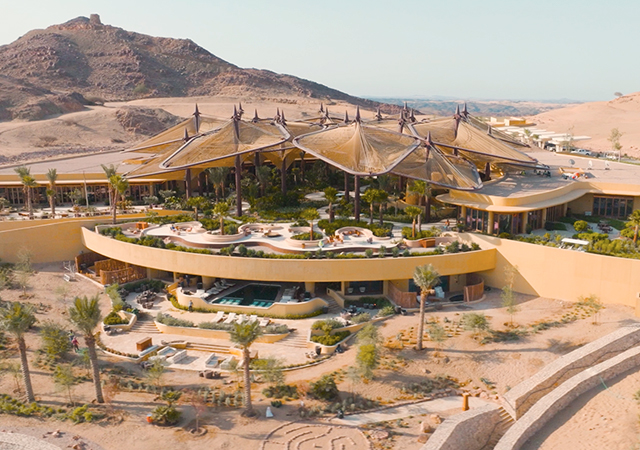 |
|
Open to guests ... Six Senses Southern Dunes, The Red Sea is nestled among the Khuff dunes on the outskirts of Umluj. |
RSG’s new luxury private island destination, Thuwal Private Retreat, is also preparing to welcome guests this year. The buy-out only secluded island will offer visitors with a hyper-personalised private experience, delivering a peerless escape for the most discerning travellers.
By the end of 2025, a further 14 hotels will open their doors to visitors at The Red Sea. Upon full completion in 2030, the destination will encompass 50 resorts, offering 8,000 hotel rooms and more than 1,000 residential properties across 22 islands and inland sites. The destination also includes luxury marinas, golf courses, entertainment, and leisure facilities.
The Red Sea is one of the most ambitious tourism destinations ever constructed and is already playing a key role in meeting the kingdom’s Vision 2030 goal of hosting 150 million visitors. Indeed, when legendary footballer, Cristiano Ronaldo, visited the St Regis Red Sea resort earlier this year with his young family, he described it as being “close to heaven”.
What are some of the innovative technologies being adopted in the construction of these resorts and the utilities at The Red Sea Project?
We have designed our construction processes to be wholly efficient, technology-enabled and sustainable. This has included drawing on the latest innovations in high-quality, prefabricated modular construction, which have enabled us to not only speed up construction times, but to reduce demand for on-site labour and temporary utilities. In addition, we have also used artificial intelligence to streamline aspects of logistics management, enabling us to enhance service levels, reduce costs, and deliver on our sustainability initiatives.
We also partnered with Acwa Power consortium to construct, engineer, operate and maintain the power plants delivering sustainable energy. The consortium is providing world-class utility management support, including potable water, wastewater treatment, solid waste management, district cooling, and telecommunication services, all with careful consideration for the environment.
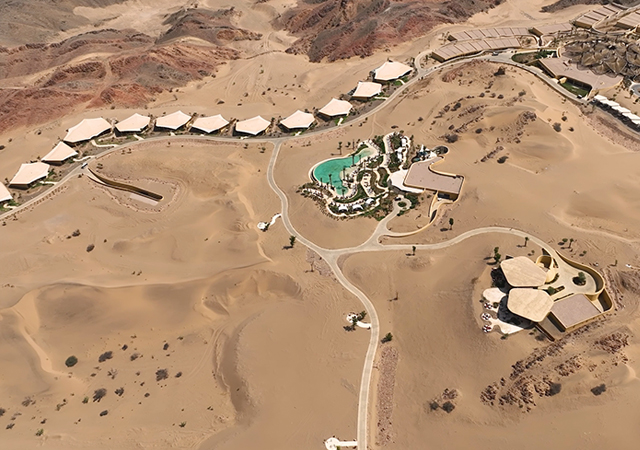 |
|
Open to guests ... Six Senses Southern Dunes, The Red Sea is nestled among the Khuff dunes on the outskirts of Umluj. |
We also drew on innovative studies to shape our vision of regenerative tourism at the destinations. At the very beginning of the development process, we collaborated with King Abdullah University of Science and Technology (KAUST) to undertake a marine spatial planning simulation to understand the flora and fauna in and around these islands and the Red Sea coastline. This study has allowed us to establish a baseline against which our conservation efforts can be measured, and ensure that The Red Sea’s biologically diverse environment, including its mangrove forests, seagrass and corals, are preserved and protected. The study also led to the designation of nine islands of The Red Sea’s stunning archipelago as special conservation zones, and a cap of one million visitors a year to be implemented to avoid overtourism.
RSG’s innovative construction methods demonstrate how investment in cutting-edge technologies and a focus on environmental regeneration can produce awe-inspiring, yet sustainable luxury tourism destinations.
Elaborate on the construction of Red Sea International Airport (RSI) and its innovative features.
Red Sea International Airport (RSI) became operational in 2023, with the first flight arriving in October of that year from Riyadh. At present, there are three flights a week from Riyadh, and two flights per week from Jeddah. Last month, the airport also saw its first overseas flight, arriving from Dubai as the first direct international connection to The Red Sea destination.
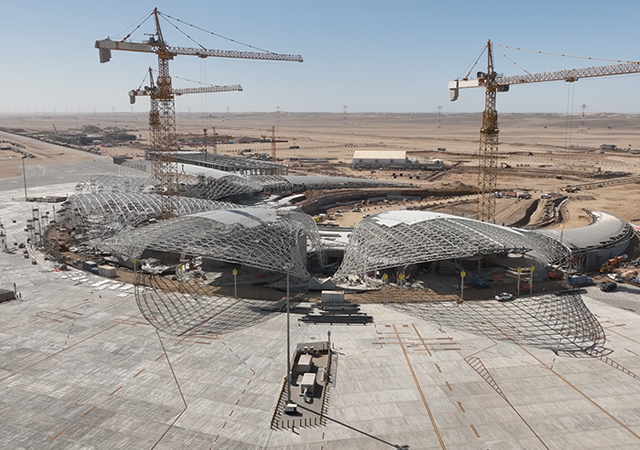 |
|
The main terminal of the Red Sea International Airport is on track for completion by the end of 2025. |
Designed by world-renowned architects, Foster + Partners, the airport has an iconic design inspired by the natural beauty of the surrounding desert landscape and is imbued with innovative sustainability solutions across all its operations to eliminate and offset carbon emissions, optimise energy consumption and advance efficiencies in resource and waste management. The airport is on track to become the first carbon-neutral airport in the Middle East.
RSI’s terminal has been designed to comprise five “mini terminals” that can be operated independently or concurrently depending on demand. This reduces the building’s energy use compared with a standard, centralised terminal approach. This main terminal is due to be completed and fully operational by the end of 2025.
Other sustainability solutions have included using local materials during construction phase, and lighting the airport with installations that meet the Dark Sky Guidelines - a set of international standards which aim to minimise light pollution.
What is the total value of contracts awarded on the Red Sea Project to date?
To date, RSG has awarded construction contracts for The Red Sea worth SR32.8 billion, with some 70 per cent of the total value awarded to Saudi companies. Across its destinations, RSG has awarded contracts worth SR64 billion to date. This investment reflects RSG’s unwavering commitment to realising the ambitions of Vision 2030 and building a more prosperous, dynamic economy across the Kingdom.
Who are some of the leading consultants and contractors engaged on the key components?
RSG is committed to working with some of the most forward-thinking and visionary people and businesses.
Some of the world-leading architects and designers involved in The Red Sea’s development include Foster + Partners, which has led on the Red Sea International Airport, Six Senses Southern Dunes and Shurayrah Island, as well as Oppenheim Architecture, which is responsible for Desert Rock, a unique resort fully integrated into the mountainside while preserving the natural environment.
As for transport and infrastructure needs, we have worked with the very best in engineering and mobility. For example, the renowned sustainable engineering and development consultancy, Mott Macdonald, is responsible for delivering The Red Sea’s ambitious sustainable transport requirements, while international public services company, Serco, oversees operations and maintenance of mobility services, performance management, health and safety and the overall guest experience across the destination.
Elaborate on the challenges in managing a project of this scale and how have you addressed them.
Developing the world’s most ambitious regenerative tourism destination was always going to present construction challenges, especially given that it is the size of a small country, spanning 28,000 sq km.
These have been overcome through the adoption of innovative, sustainability-driven approaches, such as drawing on the latest innovations in high-quality, prefabricated modular construction, minimising environmental impact by reducing the need for on-site labour and temporary utilities.
It was a significant challenge to bring the vision of ultra-luxury tourism and environmental and social regeneration together. We achieved this by rigorously evaluating the natural environment around our destinations, enhancing our understanding of local flora and fauna and equipping us with the knowledge needed to protect and enhance surrounding habitats.
Our resorts are representative of positive change, supporting local communities, preserving cultural heritage, and contributing to the conservation and enhancement of the environment. This means sourcing materials locally, using environmentally friendly building practices, and prioritising environmental and social values in everything that we do.
How much of a challenge have been the procurement of materials and ensuring staff retention?
As a greenfield developer, we have had to install all the infrastructure ourselves – a mammoth task compared to simply building hotels. We seized on this as an opportunity to minimise disruptions to local ecosystems and communities, and we are manufacturing as much as possible off-site. A good example of this is our stainless-steel, over-water villas at Sheybarah Island. These were built in the United Arab Emirates and shipped to us ready for installation.
We’ve also had to change our approach to contracting, due to the tremendous demand for construction in the local Saudi market. We are now procuring package contractors, working with smaller and medium-sized construction companies. We are actively seeking to attract new contractors to come and establish themselves in the kingdom, through international roadshows that highlight the huge opportunities in the country. The key is that we want them to come and create new opportunities for Saudis as well as help deliver Vision 2030.
When it comes to staff retention, we have found implementing a holistic approach to employee wellness and wellbeing to be invaluable. This is a question of not just thinking about their professional success and progression, but emphasising their health and happiness, too. We are providing our employees with high-quality accommodation, seamless transport between employee homes in the purpose-built Coastal Village to the destinations, as well as setting up initiatives such as The Red Sea Cup, where all employees are invited to participate in an exciting program me of competitive sports.
What benefits are being derived in managing two key assets - The Red Sea Project and the Amaala project - under one umbrella of the Red Sea Global?
Managing The Red Sea and Amaala under the umbrella of Red Sea Global has provided multiple benefits. Firstly, it facilitates a streamlined approach to development, ensuring that both projects are aligned with each other and working towards the same goals. This not only saves time and resources but ensures that the developments complement each other, providing a more cohesive experience for visitors.
This combined power also enables each development project to seamlessly draw on the combined skills, knowledge, and experience of RSG’s large workforce, which includes extraordinary people from across the kingdom and beyond. This will, undoubtedly, lead to innovative, creative solutions that will help these megaprojects flourish on the world stage.
Ultimately, the structure of Red Sea Global and its portfolio of developments provides a streamlined approach to development and is positively shaping the guest experience, local communities and the environment. The success of The Red Sea’s opening last year is testament to the strengths of the multi-project developer and its corporate structure.
What measures have you taken to ensure the safety of workers and the protection of the environment during the construction of the project?
Red Sea Global is committed to prioritising the health and safety of its workforce. We have implemented a two-pronged approach to achieve this goal.
Firstly, we ensure that all our workers have unrestricted access to medical treatment and wellbeing support. To avoid overburdening local clinics, we are developing plans for self-sustainability, including the establishment of a dedicated on-site clinic with state-of-the-art amenities. Additionally, we have developed a physical and mental wellbeing programme called HAYA, which provides mental and emotional, nutritional, and physical support to ensure that workers enjoy a high quality of life.
Secondly, to address the need for skilled labour, the developer has established The Red Sea Global Training Academy. This provides essential skills such as working with scaffolding, navigating confined spaces, handling tools, and educating workers on accident prevention. The company’s commitment to enhancing the expertise and safety of its workforce is reflected in its constant review of health and safety policies to be fully reflexive and responsive to the changing needs of all workers during the construction of the project.
We are aware of the significant role of land and property developers in environmental degradation across the globe. For this reason, we are seeking to demonstrate that construction can have a positive environmental impact.
Across The Red Sea, the company has sought to work with the natural environment rather than against it. At Sheybarah Island, Red Sea Global partnered with Grankraft to remotely prefabricate stainless-steel overwater villas, minimising noise, ground disturbance, and vehicle movements that could otherwise disrupt the underwater ecosystem. RSG prides itself on being a responsible developer and preserving natural environments for future generations, all while providing exceptional experiences for guests.
What other development packages are coming up for bidding during the rest of the year?
RSG is exploring a range of opportunities to expand its portfolio of ultra-luxury, fully sustainable destinations. We are in regular conversations with partners, investors and the government, and details of our exciting plans will soon become clear.
Anything else you would like to add about the project?
We are committed to deploying the very best construction techniques at The Red Sea, and visitors to Six Senses Southern Dunes and St Regis Red Sea are already commenting on the high standard of work and seamless integration of the resorts with the natural environment. It has been hugely rewarding to see our guests marvel at the stunning architecture and beautiful Saudi landscapes, and we can’t wait to welcome more people over the course of this year and beyond.


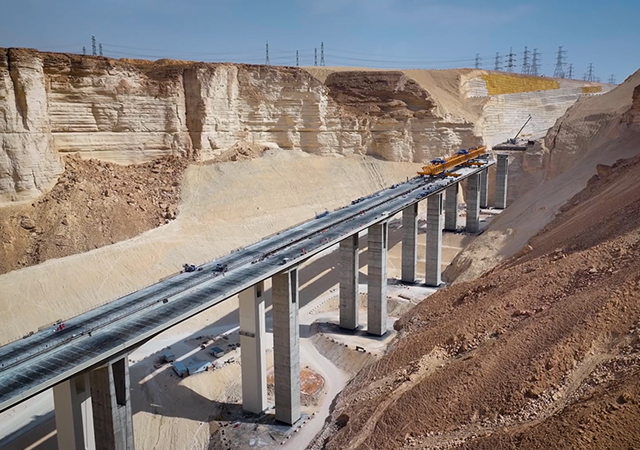
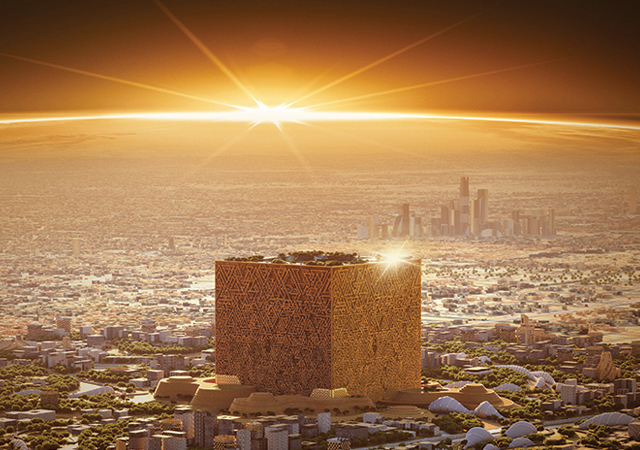
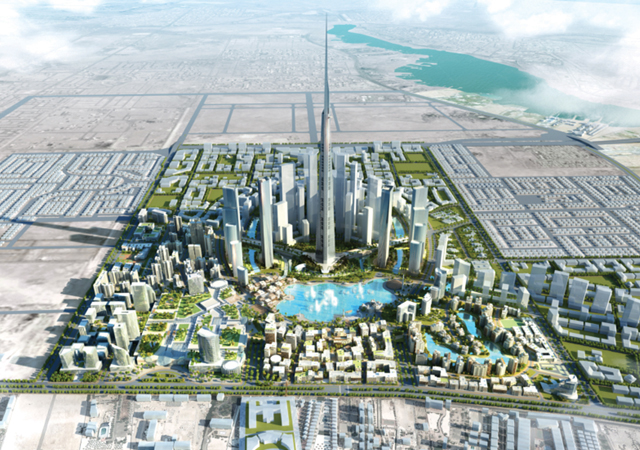
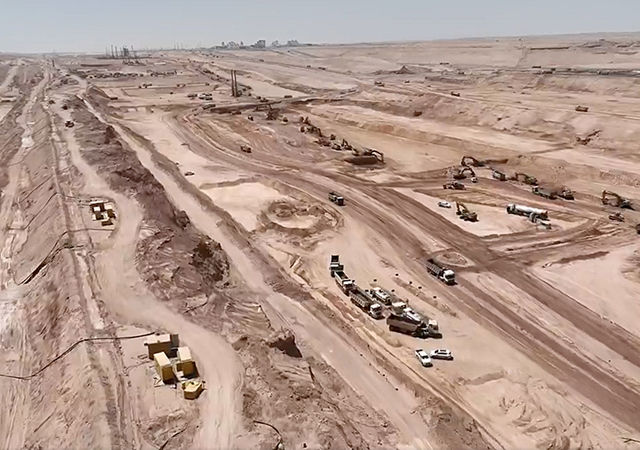
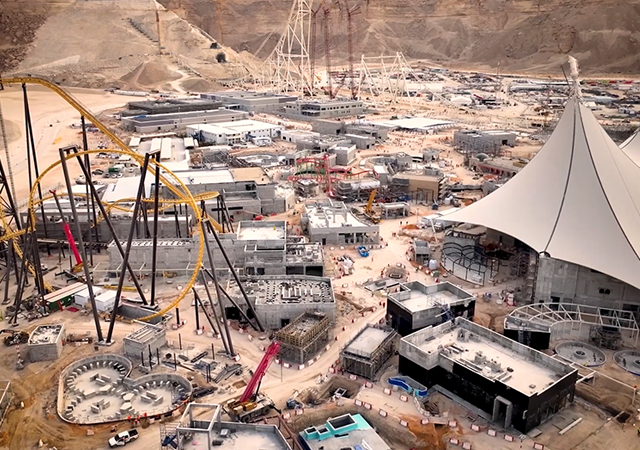
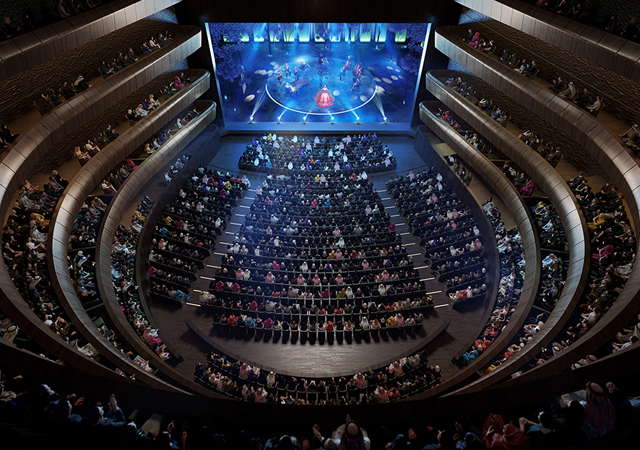



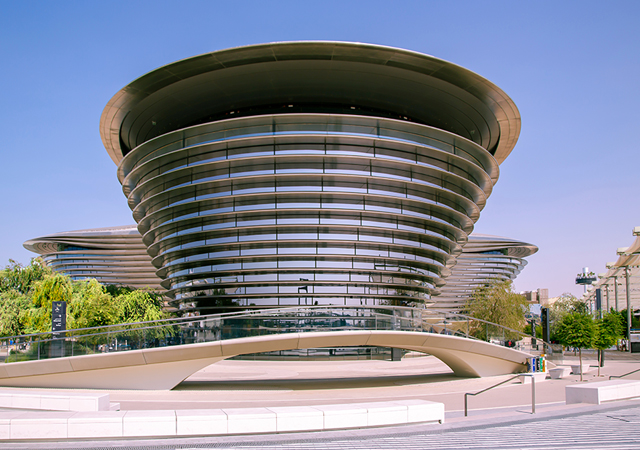
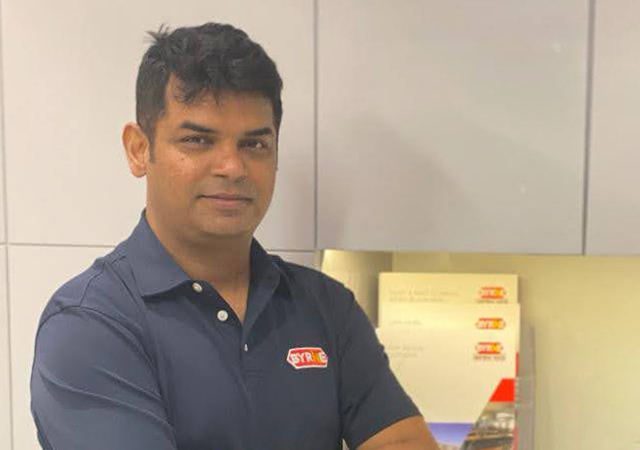
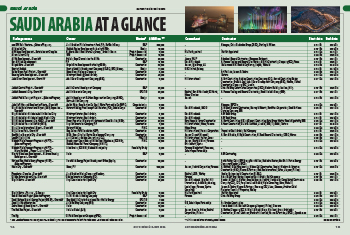

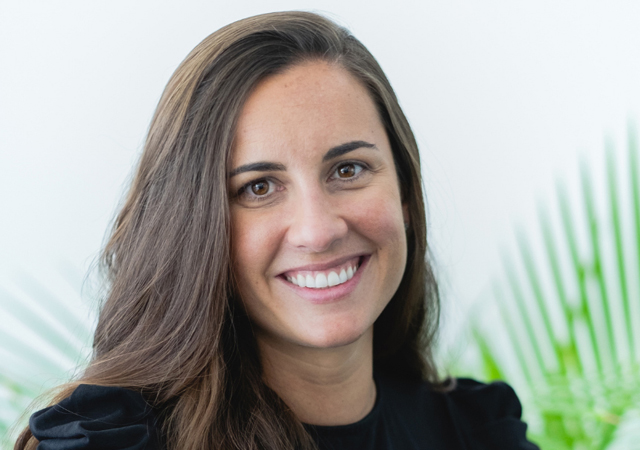

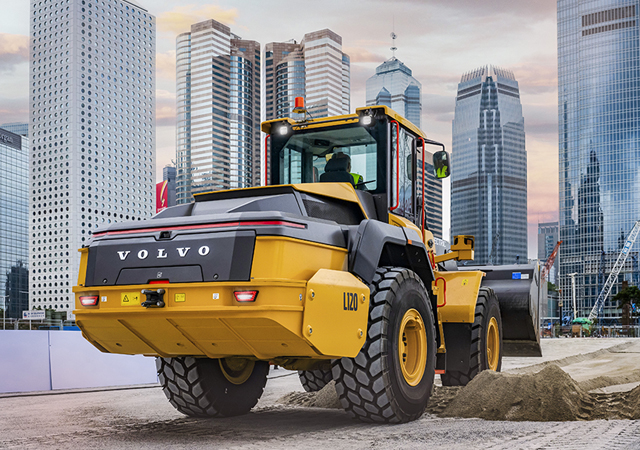
.jpg)
